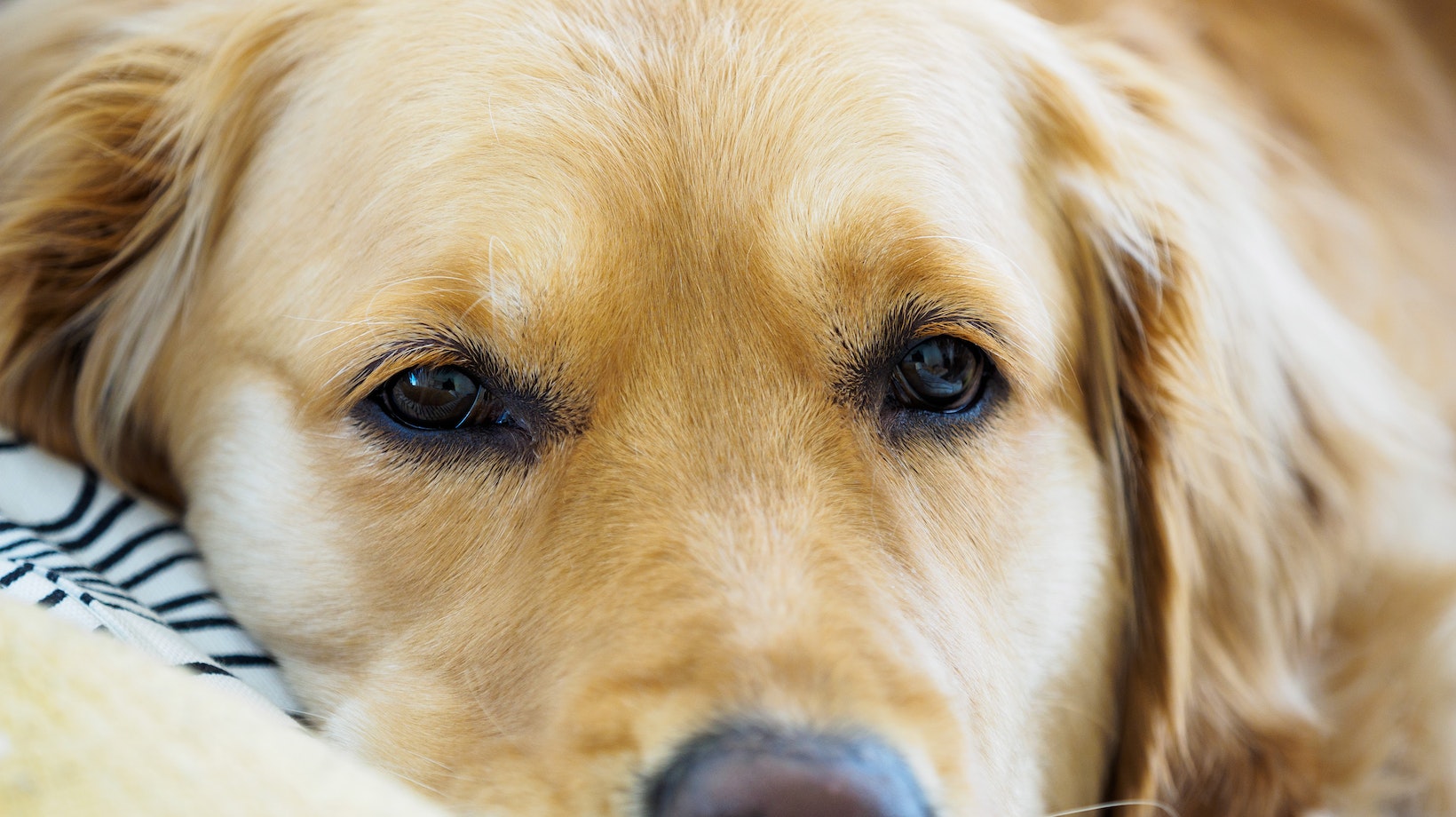If you’re dealing with a Labrador who has a penchant for chewing on furniture, I understand your frustration. It’s important to address this behavior early on to prevent further damage. In this article, I’ll share some effective strategies to help you get your Labrador to stop chewing furniture.
Firstly, it’s crucial to understand that chewing is a natural instinct for dogs, especially puppies. They explore the world through their mouths and relieve teething discomfort by gnawing on objects. Providing appropriate chew toys can redirect their attention away from furniture. Choose durable toys specifically designed for heavy chewers like Labradors.
Additionally, make sure your Labrador gets plenty of physical exercise and mental stimulation throughout the day. A tired dog is less likely to engage in destructive behaviors like chewing. Regular walks, playtime, and training sessions will help burn off excess energy and keep them mentally engaged.
Why do dogs, including Labradors, chew furniture? It’s a question that many dog owners find themselves asking when faced with the frustrating sight of their beloved pup gnawing on their prized possessions. As an expert in canine behavior, I’ll shed some light on this common issue.
- Teething and Exploration: Just like human babies, puppies go through a teething phase where they experience discomfort and itching in their gums. Chewing helps soothe their sore gums and provides relief. Additionally, dogs are naturally curious creatures, constantly exploring the world around them through their mouths. Furniture becomes an easy target for them to investigate and engage with.
- Boredom and Anxiety: Dogs are social animals that thrive on mental and physical stimulation. When left alone for long periods or lacking adequate exercise, they may resort to chewing as a way to alleviate boredom or relieve anxiety. This is especially true for high-energy breeds like Labradors who require plenty of mental and physical activities to stay content.
- Lack of Proper Training: A well-trained dog understands what items are acceptable to chew on and what’s off-limits. Without proper training and redirection techniques, dogs may not differentiate between appropriate toys provided for them versus your expensive furniture.
- Dental Health Issues: Certain dental problems such as gum disease or tooth decay can cause discomfort or pain in dogs’ mouths, leading them to seek relief by chewing on objects within reach.

Understanding Your Dog’s Chewing Behavior
Signs of Chewing Behavior in Dogs
One common sign is finding bite marks or damage on household items such as chairs, tables, or shoes. If you notice torn fabric or wood shavings scattered around the house, chances are your labrador has been indulging in some serious chewing sessions. Additionally, if you find remnants of chewed-up objects near their favorite lounging spots or bedding areas, it’s safe to say that excessive chewing is at play.
Another indicator is the incessant need to gnaw on things even when they have access to appropriate chew toys. While dogs naturally explore objects with their mouths during puppyhood and teething stages, persistent and destructive chewing beyond these phases may be a behavioral problem that needs attention.
How to Get Your Dog to Stop Chewing Furniture
To tackle your labrador’s furniture-chomping habit successfully, delving into the underlying causes of their chewing behavior is crucial. Here are a few potential reasons why your furry friend might be drawn towards turning your couch into their personal chew toy:
- Teething: Just like human babies, puppies go through teething too! During this phase (which usually occurs between three and six months), they experience discomfort and an urge to relieve it by gnawing on various objects within reach.
- Boredom: Dogs are intelligent creatures who require mental stimulation and physical exercise to stay content. When left alone for extended periods without adequate entertainment or exercise outlets like walks or interactive toys, they may resort to destructive behaviors such as chewing as a form of release.
- Anxiety and Stress: Labradors, like many other breeds, can experience anxiety or stress due to various factors such as separation from their owners, changes in their environment, or traumatic experiences. Chewing becomes a coping mechanism for them to alleviate these emotions.
- Lack of Proper Chew Toys: Providing appropriate chew toys is essential for redirecting your dog’s chewing behavior onto more suitable objects. If they don’t have access to appealing chew toys specifically designed for dogs, they may resort to exploring household items instead.
By understanding the signs and root causes of your labrador’s chewing behavior, you can take proactive steps towards addressing and modifying this habit effectively. Offering suitable chew toys, providing mental stimulation through interactive play sessions, and ensuring your furry friend receives sufficient exercise are all important components of curbing excessive chewing tendencies in dogs. Remember, patience and consistency are key when helping your beloved companion break free from their furniture-chomping ways!